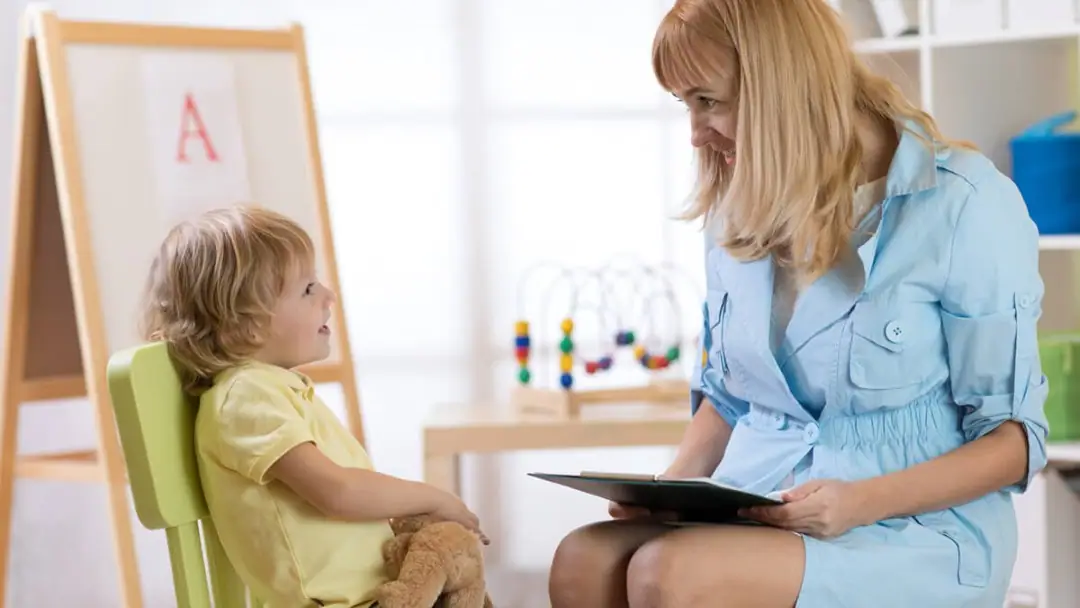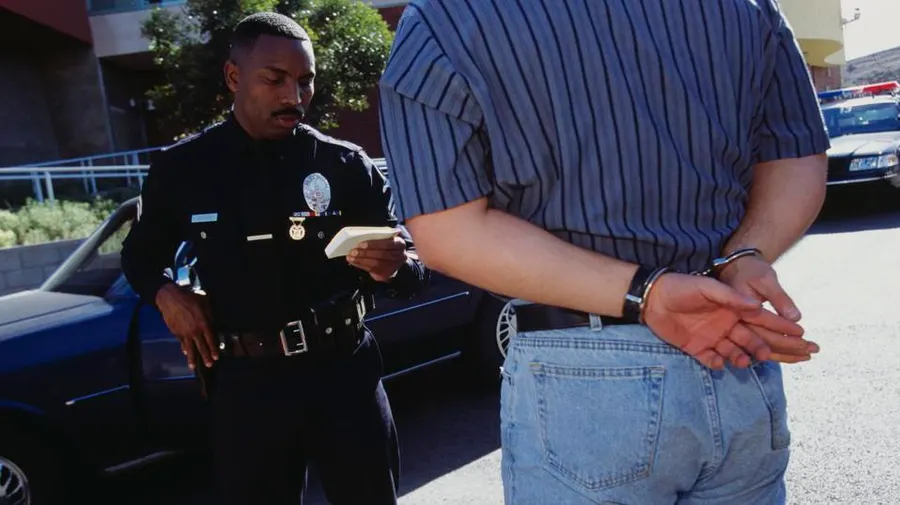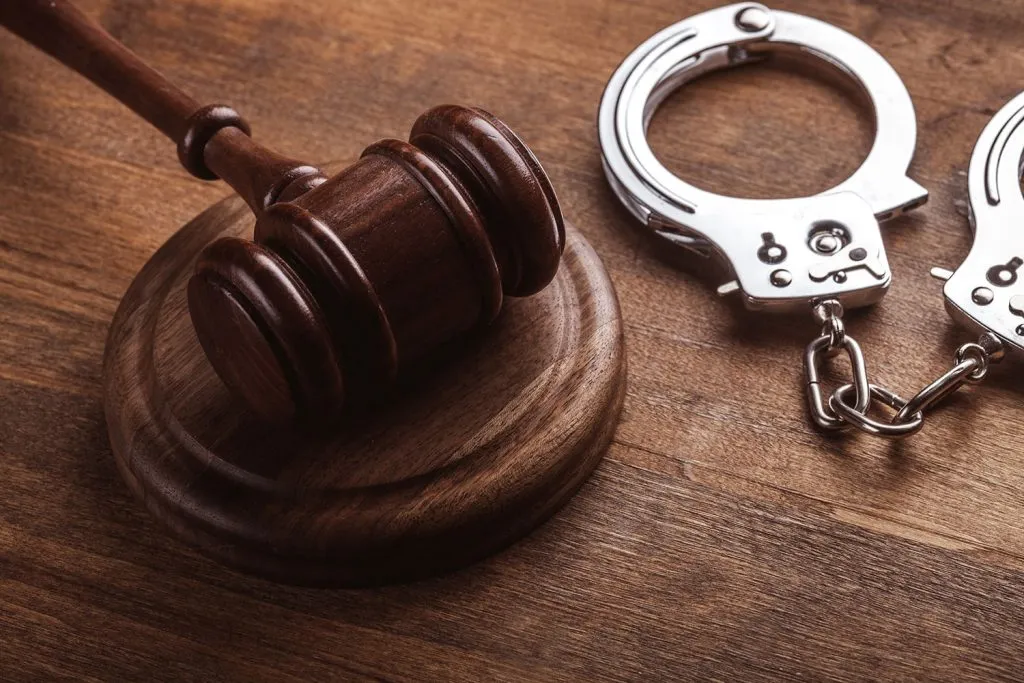Child Protective Services (CPS) plays a vital role in ensuring the welfare and safety of children in situations where there may be concerns about their well-being within a family. Understanding how CPS operates within the framework of family law is crucial for both parents and legal professionals. In this article, we will delve into the intricacies of how CPS functions in family law cases, providing valuable insights and addressing common questions surrounding this topic.
1. The Role of Child Protective Services
Child Protective Services, often referred to as CPS, is a government agency responsible for safeguarding the welfare of children. They intervene in cases where there are concerns about a child’s safety, health, or well-being within their family. CPS typically gets involved when there are allegations of child abuse, neglect, or other harmful situations. Their primary focus is to assess the situation and, if necessary, take steps to protect the child.
CPS agencies vary by jurisdiction, but they generally have the authority to investigate and, if warranted, remove a child from their home. Their goal is to provide a safe and stable environment for the child while working with the family to address any issues and facilitate reunification when possible.
2. Reporting Child Abuse or Neglect
The first step in the CPS process often begins with a report from someone who suspects child abuse or neglect. These reports can come from a variety of sources, including teachers, healthcare professionals, family members, or even anonymous tipsters. In some states, certain professionals are legally obligated to report suspicions of child abuse or neglect.
Once a report is received, CPS initiates an assessment to determine the validity of the allegations. This assessment may include interviews with the child, parents, and other relevant individuals, as well as a review of medical and school records.
3. Investigation and Assessment
If the initial assessment suggests that there may be a risk to the child, CPS will conduct a more in-depth investigation. This typically involves home visits, interviews with the child, and parents, and gathering relevant evidence. It’s essential to understand that CPS investigations are not the same as criminal investigations, and the agency’s focus is on the child’s welfare rather than criminal charges.
During the investigation, CPS caseworkers assess the safety and well-being of the child, the living conditions, and the family dynamics. They also work to determine whether the child should remain with their parents or be placed in protective custody.
4. Child Placement and Court Proceedings
If the investigation finds that the child is in immediate danger, CPS may take emergency action to place the child in protective custody. This temporary placement is usually followed by a court hearing to determine the child’s future.
In cases where CPS believes the child can remain at home with certain safeguards in place, the agency may work with the family to develop a safety plan. The safety plan outlines the conditions that must be met to ensure the child’s well-being, and it may include requirements such as therapy, parenting classes, or supervised visitation.
5. Legal Rights and Representation
Both parents and children involved in CPS cases have legal rights. It’s crucial for all parties to understand these rights and seek legal representation when necessary. Parents have the right to legal counsel during CPS proceedings, and children may also be assigned attorneys or guardians ad litem to represent their interests.
Can CPS remove a child without a court order? In emergency situations where there is an immediate risk to the child’s safety, CPS can remove a child without a court order. However, they must seek court approval for continued custody within a specified timeframe.
What should I do if I’m falsely accused of child abuse or neglect? If you believe you’ve been falsely accused, it’s essential to cooperate with CPS, seek legal counsel, and provide evidence that disproves the allegations. Legal representation is crucial in such cases.
How long does a CPS case typically last? The duration of a CPS case varies depending on the circumstances, but it typically lasts anywhere from a few months to a year or more. The goal is to ensure the child’s safety and well-being.
Can I visit my child while they are in protective custody? In most cases, CPS encourages visitation between parents and their children, even when the child is in protective custody. Visitation arrangements are usually made with the child’s best interests in mind.
Conclusion
Child Protective Services operates within the legal framework of family law to protect children from abuse and neglect. Understanding the role of CPS, the reporting process, investigations, legal rights, and potential outcomes is essential for anyone involved in a CPS case. It’s important to remember that the primary goal of CPS is to ensure the child’s safety and well-being, and they work with families to address issues and facilitate reunification whenever possible. If you find yourself involved in a CPS case, seeking legal representation is a crucial step to protect your rights and interests.







